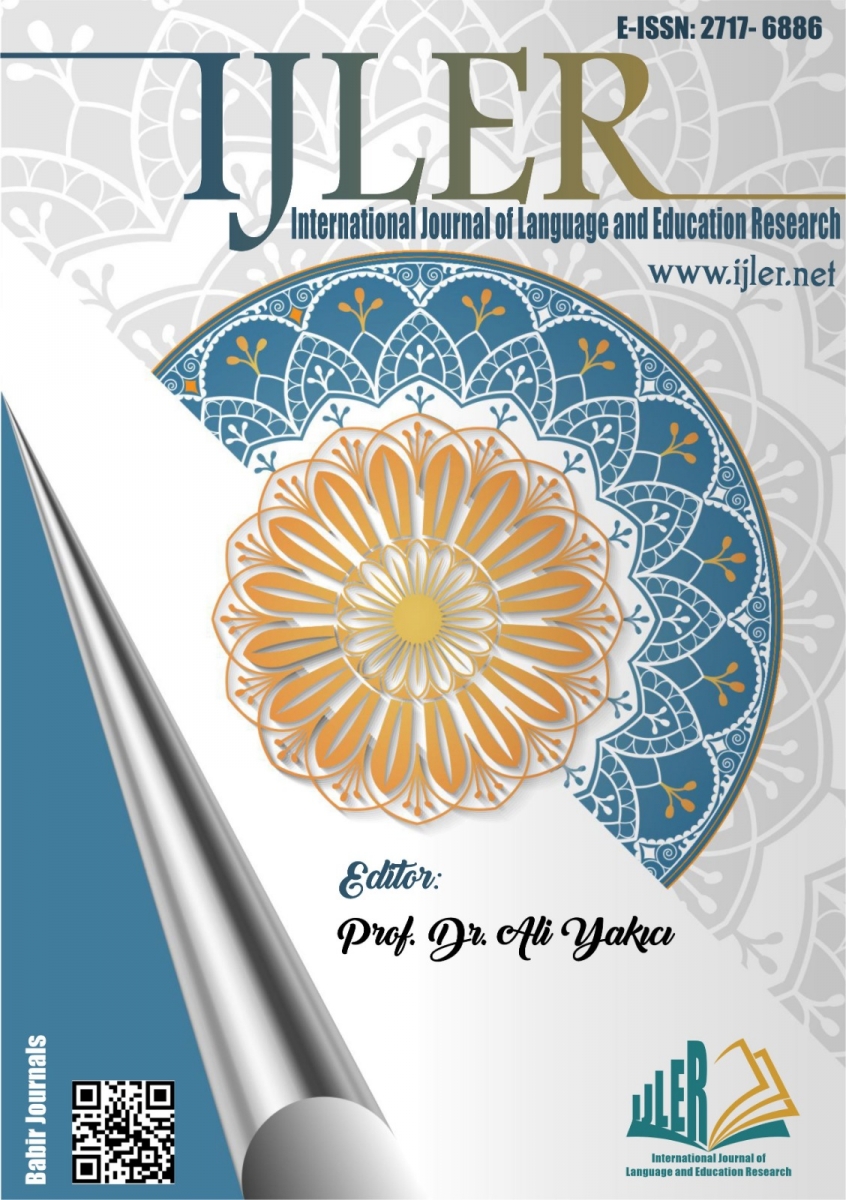Original article | International Journal of Language and Education Research 2023, Vol. 5(3) 46-64
An Interpretation of Freud’s Pleasure Principle and Reality Principle in Oscar Wilde’s The Picture of Dorian Gray
Zhengxiao Wang
pp. 46 - 64 | DOI: https://doi.org/10.29329/ijler.2023.594.3 | Manu. Number: MANU-2309-24-0002.R1
Published online: December 12, 2023 | Number of Views: 63 | Number of Download: 159
Abstract
This paper analyzes the three major characters in The Picture of Dorian Gray based on Freud’s Pleasure Principle and Reality Principle. The pleasure principle stimulates human beings to satisfy their instinctual desires. On the contrary, the reality principle motivates human beings to conform to the social conventions, instead of chasing instinctual desires. In this novel, the three major characters, Dorian Gray, Basil Hallward and Lord Henry Wotton clearly reveal the paradoxical nature during the process of making a choice between pleasure principle and the reality principle. Based on the detailed analysis, this thesis is going to provide readers with a relatively comprehensive understanding of The Picture of Dorian Gray, and hopefully it will be conductive to make a further study of Oscar Wilde’s other works.
Keywords: Pleasure Principle, Reality Principle, Paradox
| How to Cite this Article? |
|---|
|
APA 6th edition Harvard Chicago 16th edition |
| References |
|---|
|
Breuer, R. (1993). Paradox in Oscar Wilde. Irish University Review, 23(2), 224-235. Freud, S. (2003). Beyond the Pleasure Principle and Other Writings. London: Penguin Books. Liebman, S. W. (1999). Character Design in The Picture of Dorian Gray. Studies in the Novel, 31, 31-54,. Oates, J. C. (1980). The Picture of Dorian Gray: Wilde’s Parable of the Fall. Critical Inquiry, 7(2), 419-428. Peters, R. S. (1956). Freud’s Theory. The British Journal for Philosophy of Science, 7(25), 4-12. Ruby, P. (1997). The Cambridge Companion to Oscar Wilde. Cambridge: Cambridge University Press. Wilde, O. (1994). The Picture of Dorian Gray. London: Penguin Books. Wilde, O. (1962). The Letters of Oscar Wilde. Ed R. Hart-Davis. London: Hart-Davis. Zhang J. (2004). A Survey of the Contemporary Western Studies of Oscar Wilde. Foreign Literature Studies, 04, 26-30. Shao, J. (2006). The Tragedy of Dorian Gray: unbalanced Ego. MA in Zhengzhou University. |

